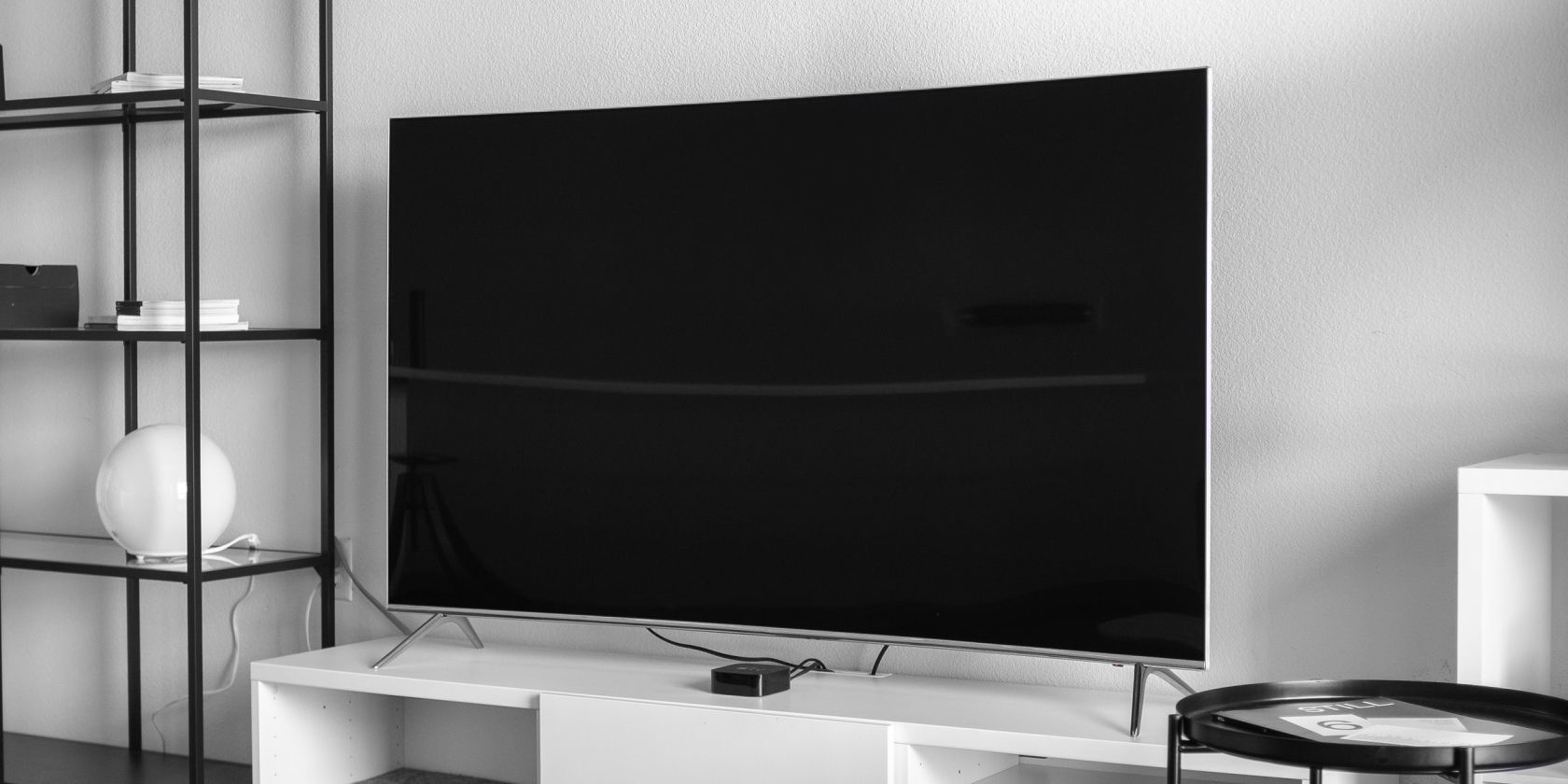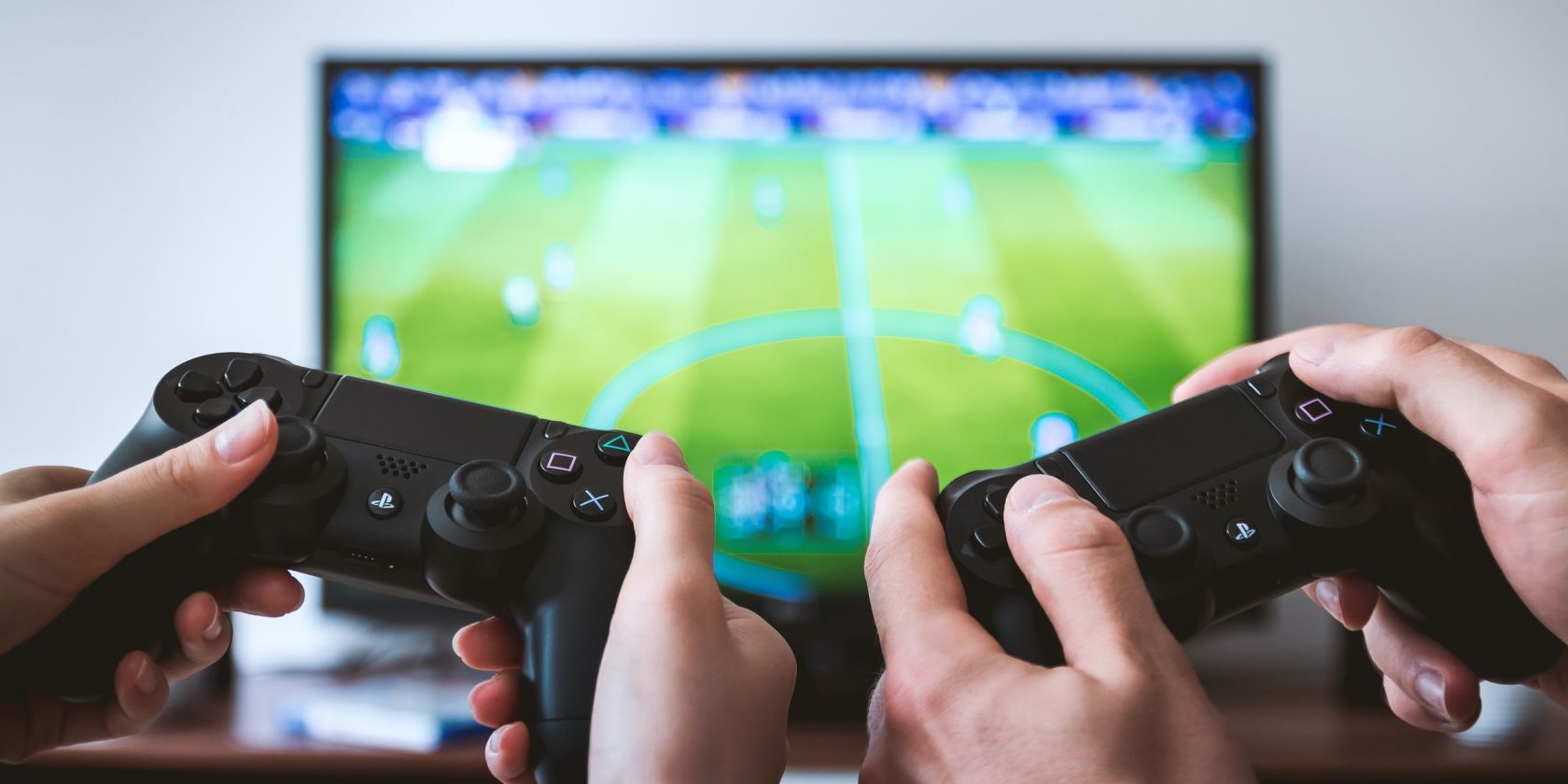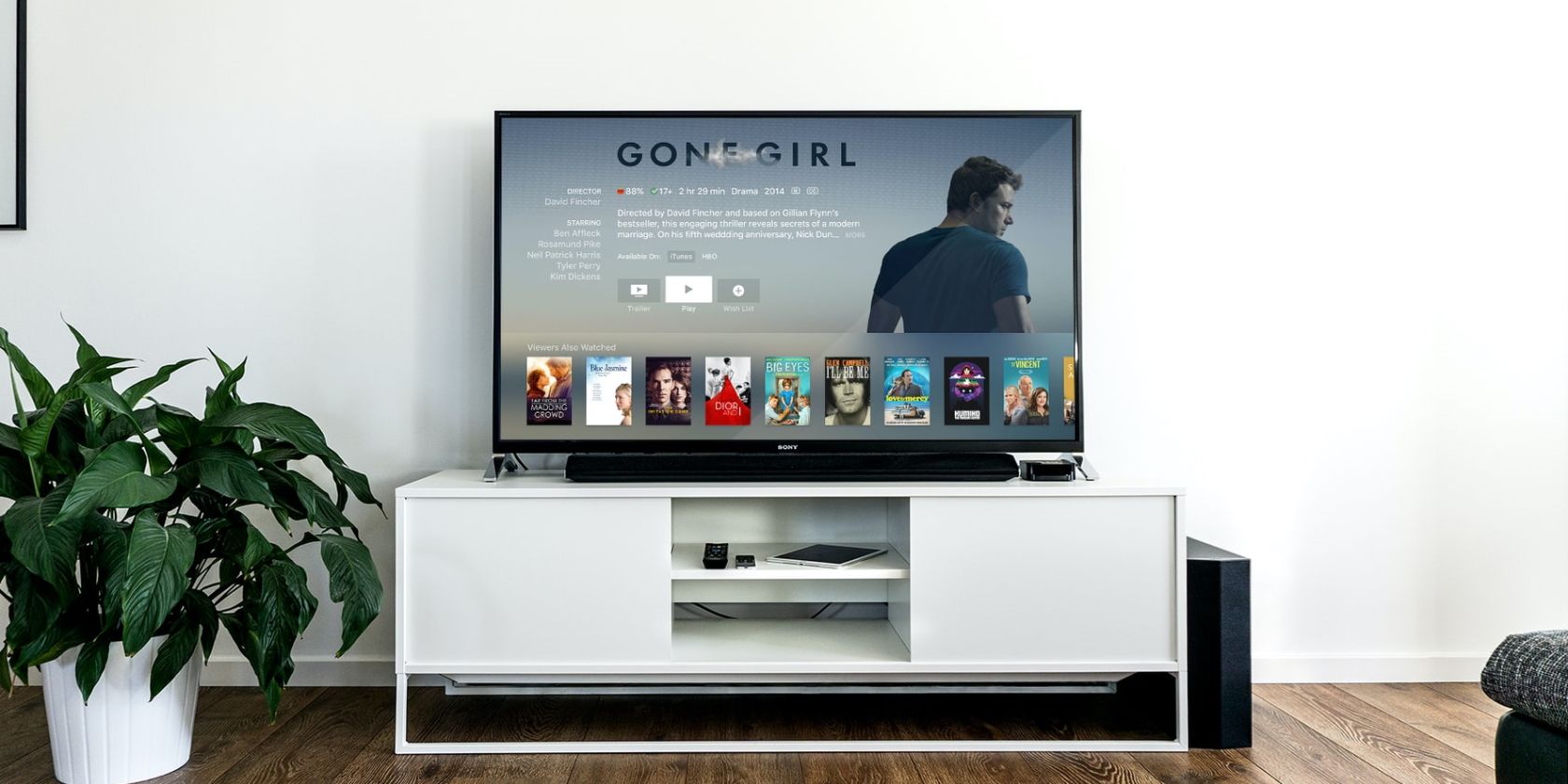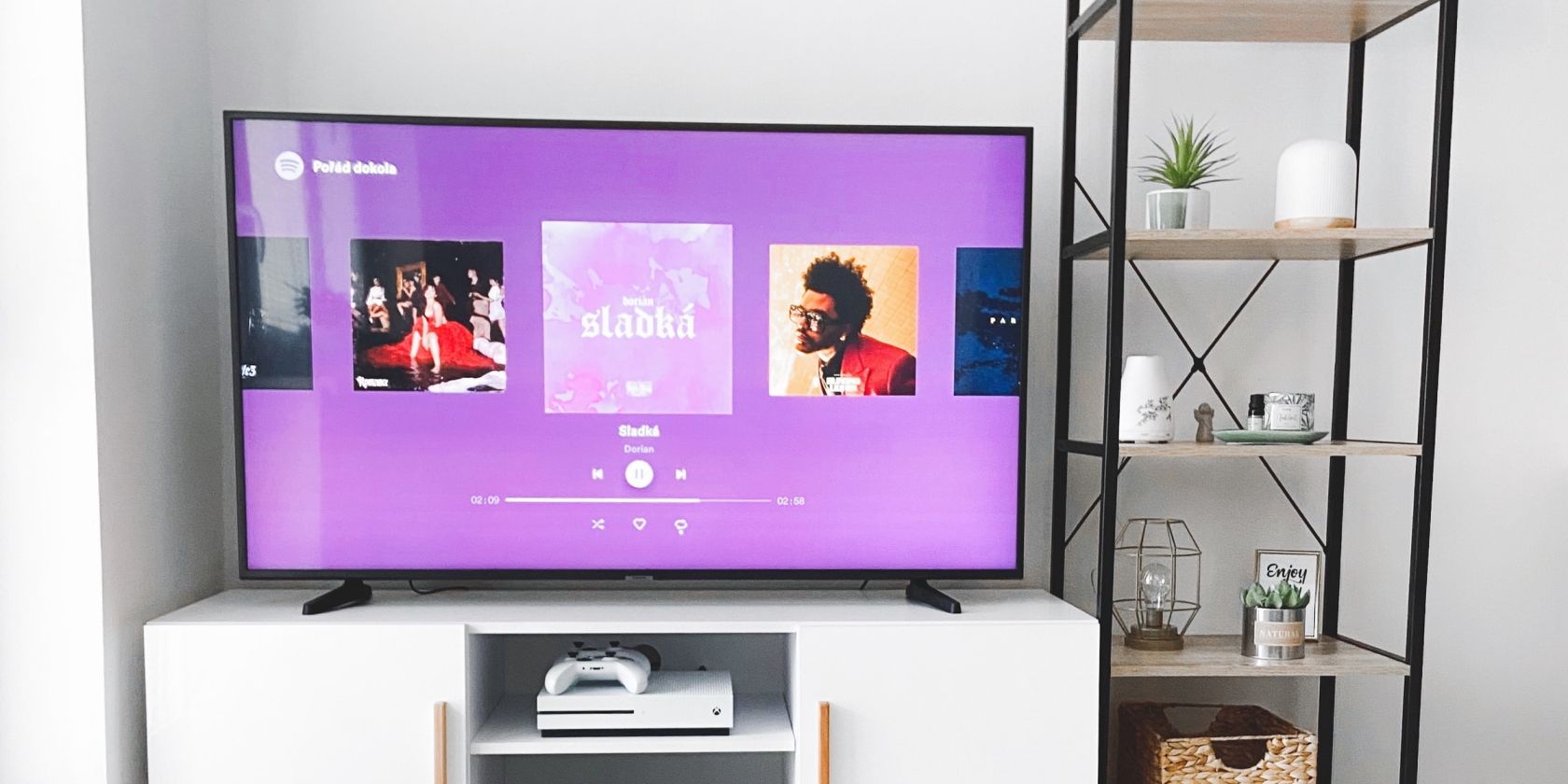Most people consider OLED TVs as some of the best TVs you can buy, and this display technology has advanced a lot in the past several years. However, some TV manufacturers have shied away from incorporating OLED panels since they're not perfect by any means.
Therefore, if you're in the market looking for a new high-end television, it's essential to be knowledgeable about the various display technologies available today.
Here, we'll take a look at all the pros and cons of buying an OLED TV.
The Pros of OLED TVs
1. OLED TVs Have Perfect Blacks and Infinite Contrast Ratio

An OLED display is full of self-illuminating pixels. This puts the TV at a huge advantage when it comes to black levels and contrast ratio.
Whenever an OLED TV displays a black scene, the individual pixels shut off completely. Since these pixels emit no light in their off state, it makes the screen appear black as if the TV is powered off. Black levels cannot get better than this.
They have infinite contrast ratios for the very same reason. The contrast ratio is simply the difference between the brightest and darkest points on a screen. Since the black levels are 0 nits for an OLED TV and you cannot divide anything by zero, it has an infinite contrast ratio.
2. OLED TVs Offer the Widest Viewing Angles

Not everyone sits right in front of the TV while watching content. If you watch TV at an angle, you'd want to make sure that your visual experience is unaffected. Luckily enough, OLED TVs offer unmatched viewing angles compared to their traditional LED counterparts.
While QLED TVs have improved in this department in recent years, OLEDs still come out on top. There is little to no degradation in color and brightness even at severe off-angles. So, no matter where you're seated in the room, you're getting the best picture quality possible.
3. OLED TVs Are Energy-Efficient
Since OLED panels don't have a backlight, unlike conventional LED displays, they're more energy-efficient theoretically. Depending on the scene you're watching, many black pixels that are turned off consume no power.
However, your OLED TV's brightness setting will be a huge factor in determining the energy it consumes. If you often watch bright HDR content, your OLED TV will consume way more power than it does when displaying SDR content.
As long as you keep your brightness levels to a minimum, your OLED TV will consume less power than your average LED TV.
4. OLED TVs Offer Unmatched Response Times

If you're into gaming, you will enjoy playing games on an OLED TV due to how fast the pixel response rates are. In layman's terms, response time measures the time taken by a pixel to switch from one color to another. This means clearer images during fast-paced scenes, which is crucial when gaming.
OLED displays have a near-instant pixel response time of 0.2ms on average. These numbers put the conventional LCD and QLED panels to shame, with a response time of roughly 3.5ms. This is unlike any other display technology in the market right now, and the main reason why OLEDs can achieve this is that the pixels turn on and off individually.
6. OLED TVs Are Usually Way Thinner

OLED TVs can get really thin, but this depends on the model you choose. Most OLED TVs have a super-thin panel section with a hardware enclosure that houses the speakers, processor, and other connections. Since OLEDs don't need a separate backlight, the panel itself is only about 2.5-3mm thick.
Having said that, some OLED TVs have a thicker uniform body so that it sits flush against the wall. These designs are typically around 2mm thick. In comparison, Samsung's Neo QLED 4K TVs have a thickness of 2.7mm.
The Cons of OLED TVs
1. OLED TVs Have Average Brightness Levels

As much as we love to appreciate the picture quality of OLED TVs, we simply cannot overlook the fact that the brightness levels aren't that great. This should be a concern if you're someone who often watches TV in a bright room. When viewing HDR content, the peak brightness for OLED TVs is in the range of 600-800 nits. The competing QLED TVs in the market can easily hit twice the peak brightness levels.
2. OLED TVs Are Susceptible to Burn-ins

One major issue that has plagued the OLED technology ever since its introduction is screen burn-in or image retention. An OLED TV that you've been using for a long time may start to retain static images displayed on the screen for hours, like channel logos, for example. This occurs due to uneven degradation of pixels over a long period of time.
The individual pixels that turn on to display static images on your TV degrade faster than the pixels surrounding them. This image retention is permanent, and you'll notice it the most when your screen is white. Although manufacturers claim to prevent burn-in with features like pixel shift, you still have to be extra careful with your usage, especially if you plan to keep your OLED TV for years.
3. OLED TVs Are Expensive
When the first-generation OLED TVs came out, they were out of reach for most people. While it's true that the prices for these TVs have come down significantly in the last few years, they're still a few hundred dollars more expensive than similar-sized QLED TVs. This difference widens as you go up in screen size. For example, the Samsung QN90A costs $4999 for the 85-inch model, whereas the LG C1 is priced at $5999 for the 83-inch model.
OLED TVs Aren't Ideal for Everyone
If you're trying to save some cash, and if one of the other cons bothers you, spending your hard-earned cash on a QLED TV would be a wise decision. Sure, it may not have the best picture quality, but you're getting a brighter TV that lasts in the long run.
Now that you know all the pros and cons of OLEDs, you can make an informed decision to avoid buyer's remorse. And, if you do purchase an OLED TV, you know how to avoid the burn-in problems and make sure brightness levels don't impact your viewing experience.

0 Comments